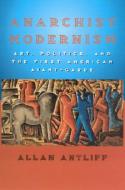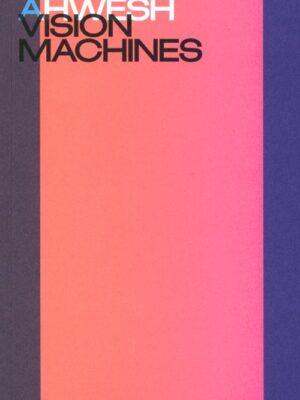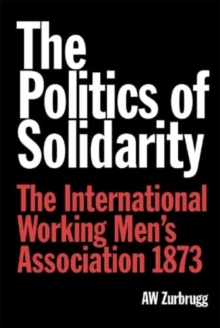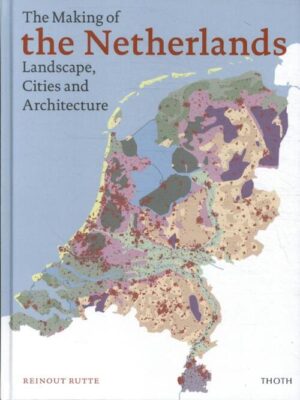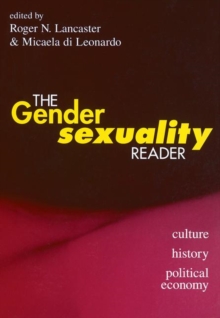Let op! Om diverse redenen kan de voorraad die hier op de website wordt getoond soms niet overeenkomen met de werkelijk aanwezige voorraad in de winkel.
Anarchist modernism
€33.95
The relationship of the anarchist movement to American art during the World War I era is most often described as a “tenuous affinity” between two distinct spheres: political and artistic. In “Anarchist Modernism,” Allan Antliff reveals that anarchism was the formative force that lent coherence and direction to modernism in the United States between 1908 and 1920. Modernists participated in a wide-ranging movement that encompassed lifestyles, language, literature, and art, as well as politics. Antliff examines anarchism’s influence on a telling cross-section of modern artists such as Robert Henri, Elie Nadelman, Man Ray, Adolf Wolff, and Rockwell Kent. He also traces the hitherto overlooked interactions among anarchist thinkers, critics, and cultural figures of the period including Emma Goldman, Alfred Stieglitz, John Weichsel, Walter Pach, Ezra Pound, and Ananda Coomaraswamy. In doing so, Antliff draws on a wealth of previously unknown materials, such as interviews and reproductions of lost works. During the early twentieth century, anarchism generated a distinctive oppositional modernism and a cultural legacy that was largely forgotten once communism became established as the primary leftist discourse in American political life. By situating American art’s evolution in the politics of the time, Antliff offers a richly illustrated history of the anarchist movement and also revives the creative agency of those who shaped and implemented modernism for radical ends.
Auteur: Antliff, Allan Jaar: 2007 ISBN: 9780226021041 Pagina's: 292 Taal: English Uitgever: Chicago University Press Uitgever stad: Chicago Verschijningsdatum:

